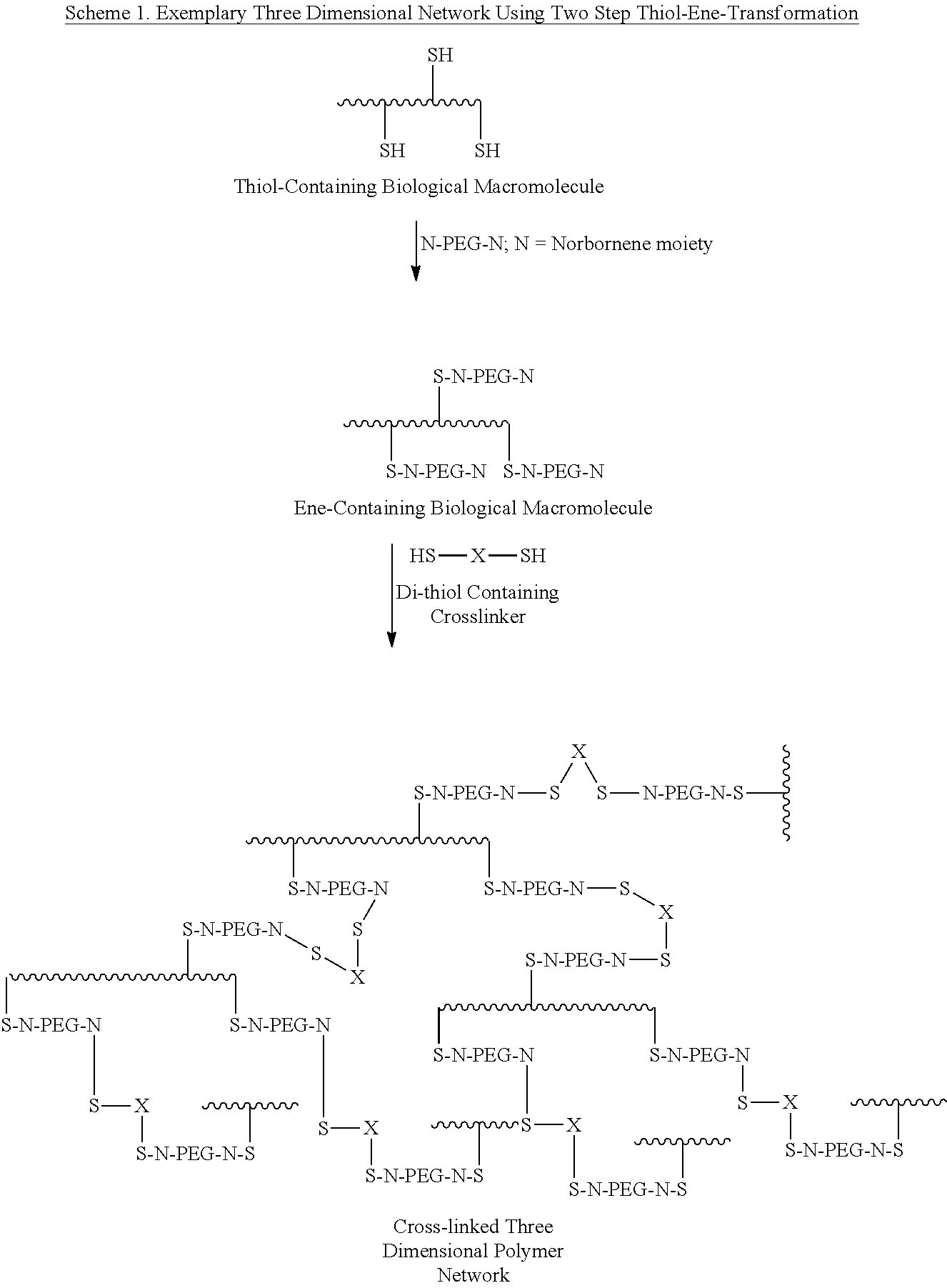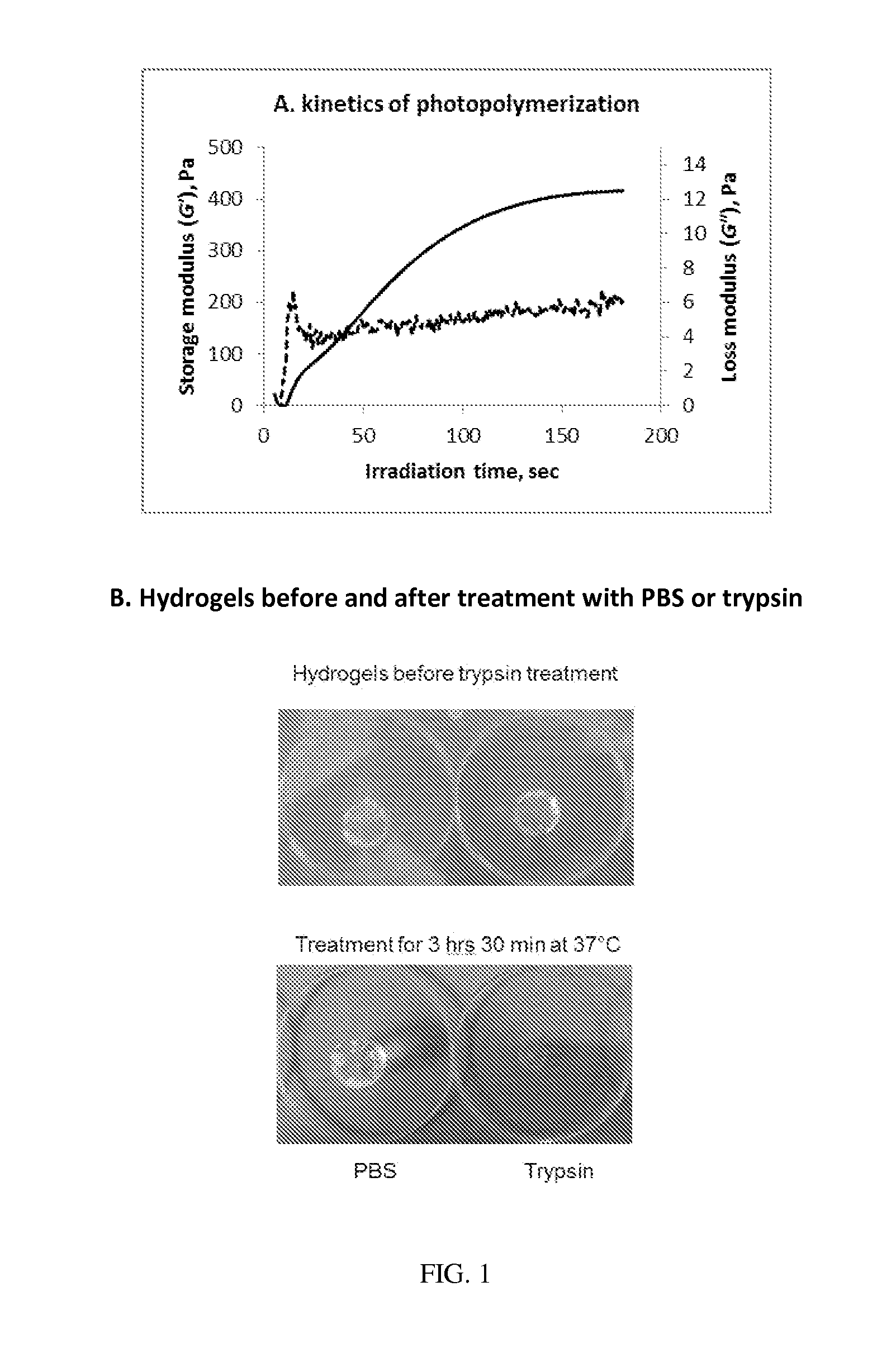Covalent modification of biological macromolecules
- Summary
- Abstract
- Description
- Claims
- Application Information
AI Technical Summary
Benefits of technology
Problems solved by technology
Method used
Image
Examples
embodiment 1
[0039]A method of covalently modifying a biological macromolecule, the method comprising subjecting a reaction mixture comprising: (a) a biological macromolecule comprising one or more thiol groups; and (b) a molecule comprising one or more olefin moieties possessing click-like properties to a radical reaction under conditions sufficient to produce the covalently modified biological macromolecule.
embodiment 2
[0040]The method of embodiment 1, wherein the biological macromolecule is a protein.
embodiment 3
[0041]The method of embodiment 1 or 2, wherein the radical reaction is a photoinitiated radical reaction.
PUM
| Property | Measurement | Unit |
|---|---|---|
| Biological properties | aaaaa | aaaaa |
Abstract
Description
Claims
Application Information
 Login to View More
Login to View More - R&D
- Intellectual Property
- Life Sciences
- Materials
- Tech Scout
- Unparalleled Data Quality
- Higher Quality Content
- 60% Fewer Hallucinations
Browse by: Latest US Patents, China's latest patents, Technical Efficacy Thesaurus, Application Domain, Technology Topic, Popular Technical Reports.
© 2025 PatSnap. All rights reserved.Legal|Privacy policy|Modern Slavery Act Transparency Statement|Sitemap|About US| Contact US: help@patsnap.com


